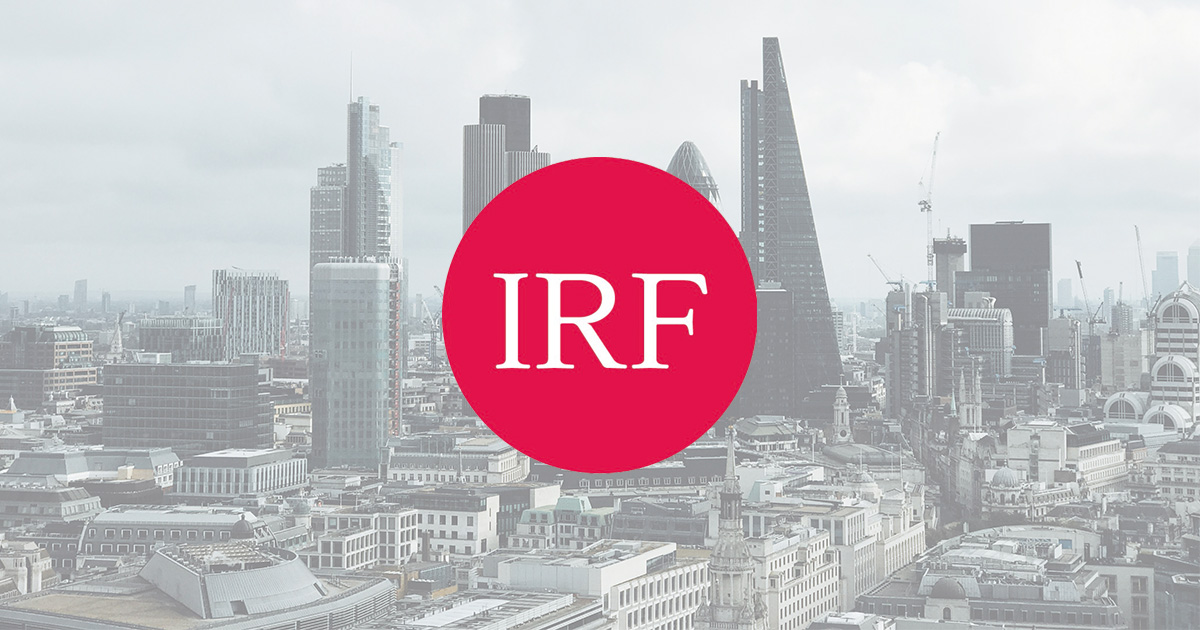EU Net Zero equity plays: boring high voltage interconnectors offer long term FCF & returns, hyped hydrogen electrolyzers don’t
Wed 17 Nov 2021 - 15:00
Summary
Dan Waterman set out two of Sustainable Investing’s key calls: to go long on NEXANS (a French cable manufacturer), and to short NEL and ITM (green hydrogen electrolyser OEMs). Firstly, Dan explained that Sustainable Investing’s negative outlook on green hydrogen differs from the consensus and is based on competitive dynamics in electrolysers. They believe it is likely that demand for green hydrogen electrolysers will fall substantially behind supply through 2030 – despite the significant attention they command from politicians seeking to meet net-zero targets with minimal disruption. Furthermore, Dan suggested that many of the applications proposed for green hydrogen make little sense, and noted that if demand is to grow, it will not kick in until 2030 and beyond and even then, would require very cheap renewable energy. Thus, he suggested that direct electrification makes for a better alternative. Moreover, Sustainable Investing suggest that competition in this industry will grow making profitability more challenging, especially with cheap Chinese competitors. Therefore, Sustainable Investing forecasts that NEL and ITM will experience an average downside of 30% fair value based on the view that neither company will achieve free cashflow in this decade or be able to raise additional capital. Nevertheless, they propose that as competition in the market increases, green hydrogen companies could be acquired at a premium.
Conversely, Sustainable Investing forecasts that NEXANS poses more positive outcomes for investors. They believe that this company will be able to erase its current 25% discount to its closest competitors as it pivots to pure play electrification. Sustainable Investing believes the grid electrification industry in on the cusp of material change. They suggest that as renewable energy begins to command a greater share of the generation mix, the upgrading and strengthening of the grid will become of increasing importance. Thus, despite its past as a low growth market, Sustainable Investing believes this market will experience more growth in the future. Indeed, Dan remarked that they hold a more bullish consensus view on the potential for the US interconnector and renewables connection market, believing it could triple by the end of 2030. This view is attributed partly to the clear pivot by the United States towards renewables under the Biden Administration. Additionally, Sustainable Investing argues that incumbents within the market will be the winners going forward, as new entrants seem unlikely and investment in new capacity looks controlled. Thus, they forecast that NEXANS will perform well for a long time into the future.
Topics
HVDC cable players to benefit from grid interconnection becoming a key enabling technology for net zero over the next 20 years
Industry set to deliver steady growth for decades at a positive ROIC spread over the WACC. High barriers to entry mean today’s incumbents are well placed to be the main beneficiaries
Electrolyzer names face increasingly competitive industry dynamics (like German solar in 2008)
Electrolyzer cap utilization & prices may disappoint as supply balloons. More vertically integrated players gain as integration becomes the next driver of cost reduction and value creation
Companies highlighted: Nexans, NEL, ITM Power, Prysmian, NKT, Siemens, Cummins, Linde, Air Liquide and Thyssenkrupp
